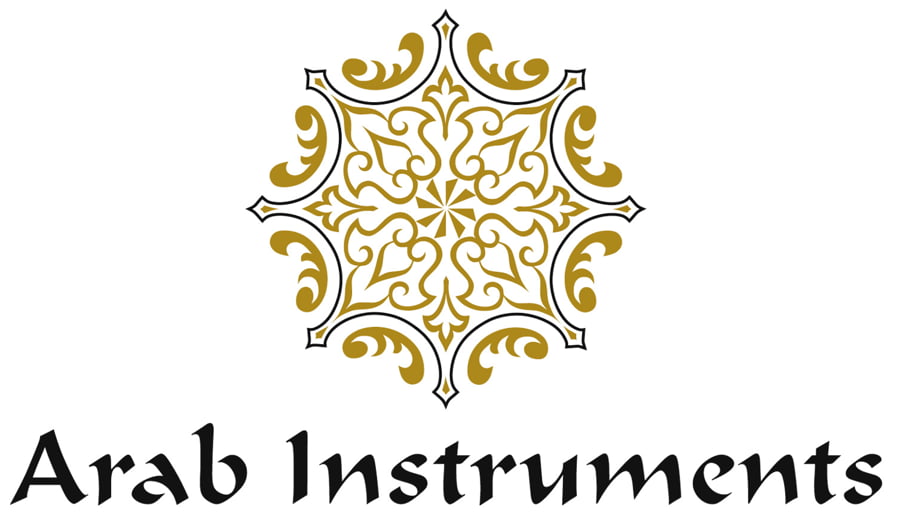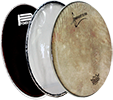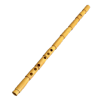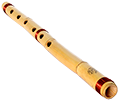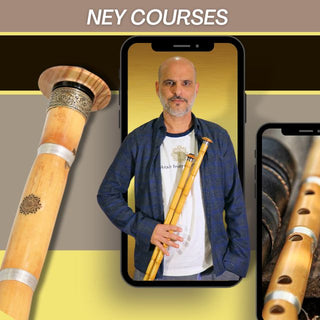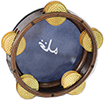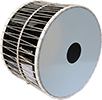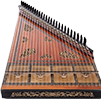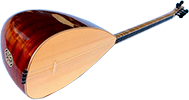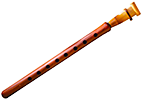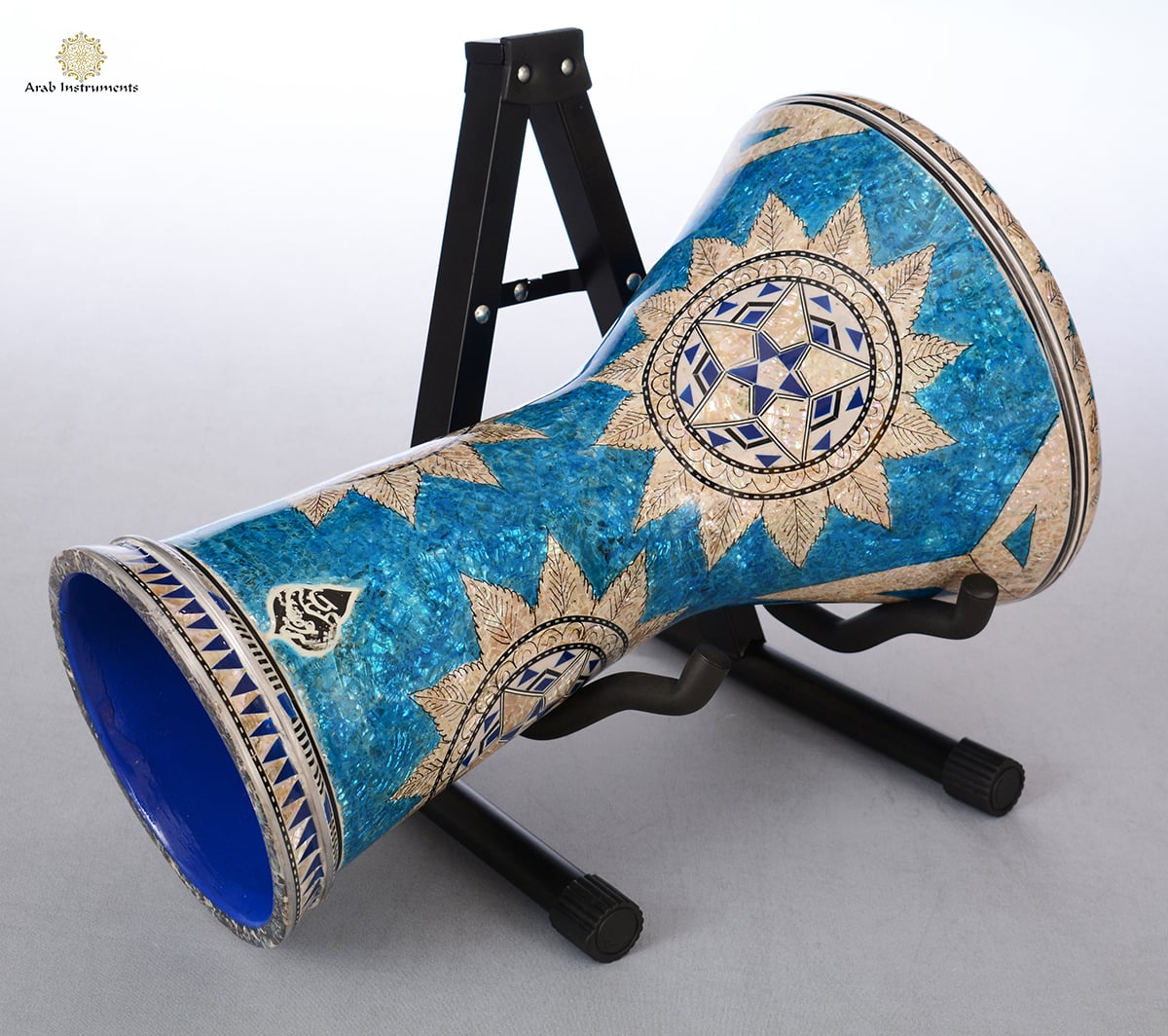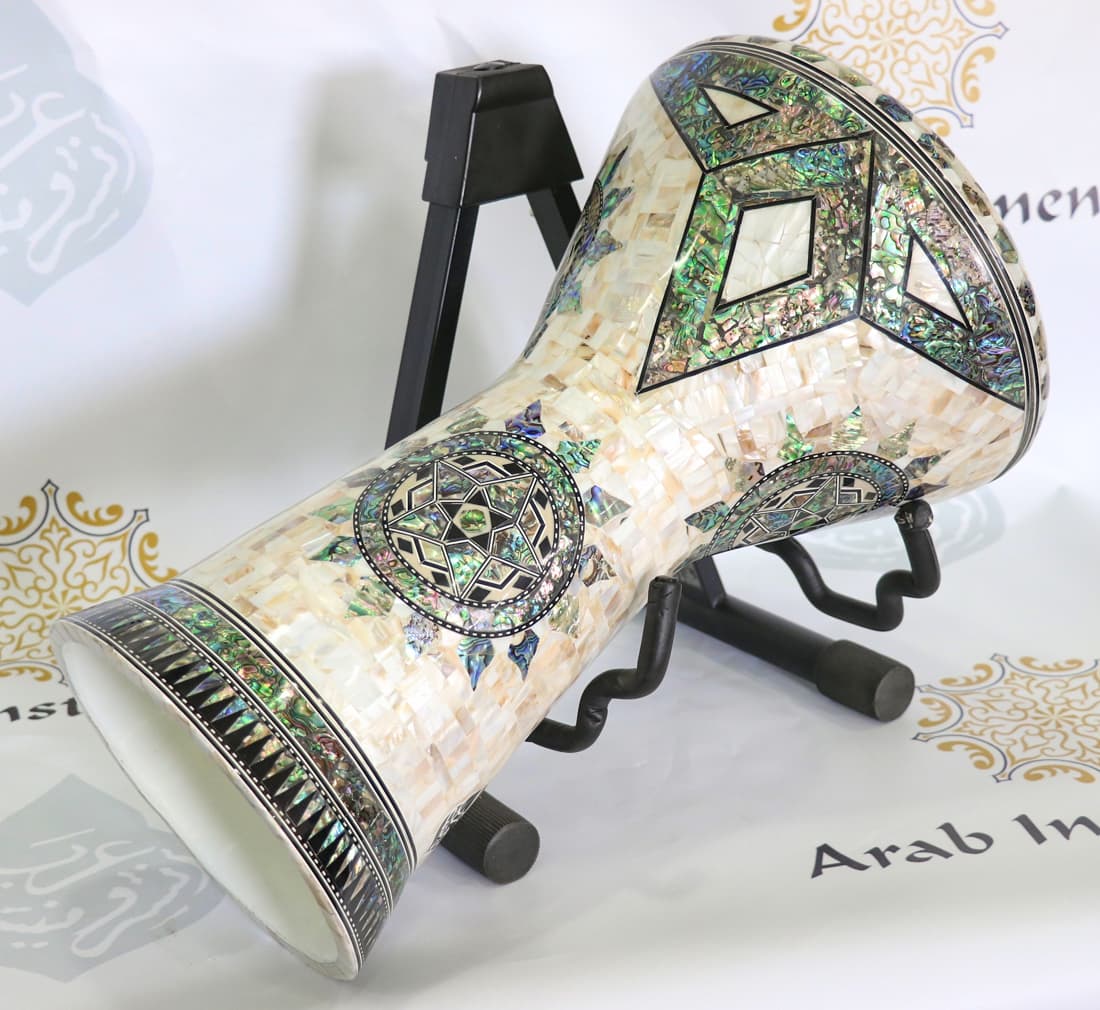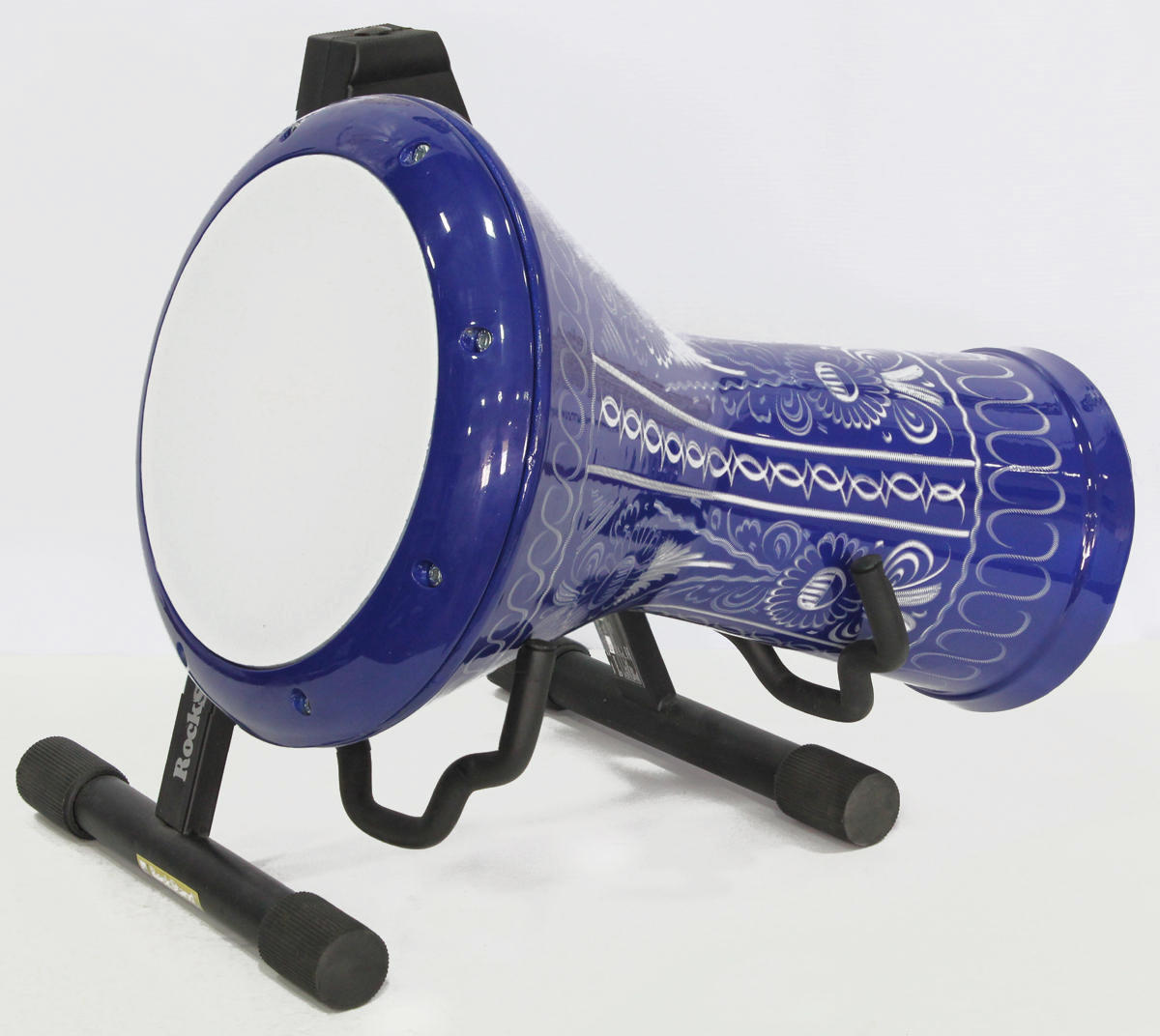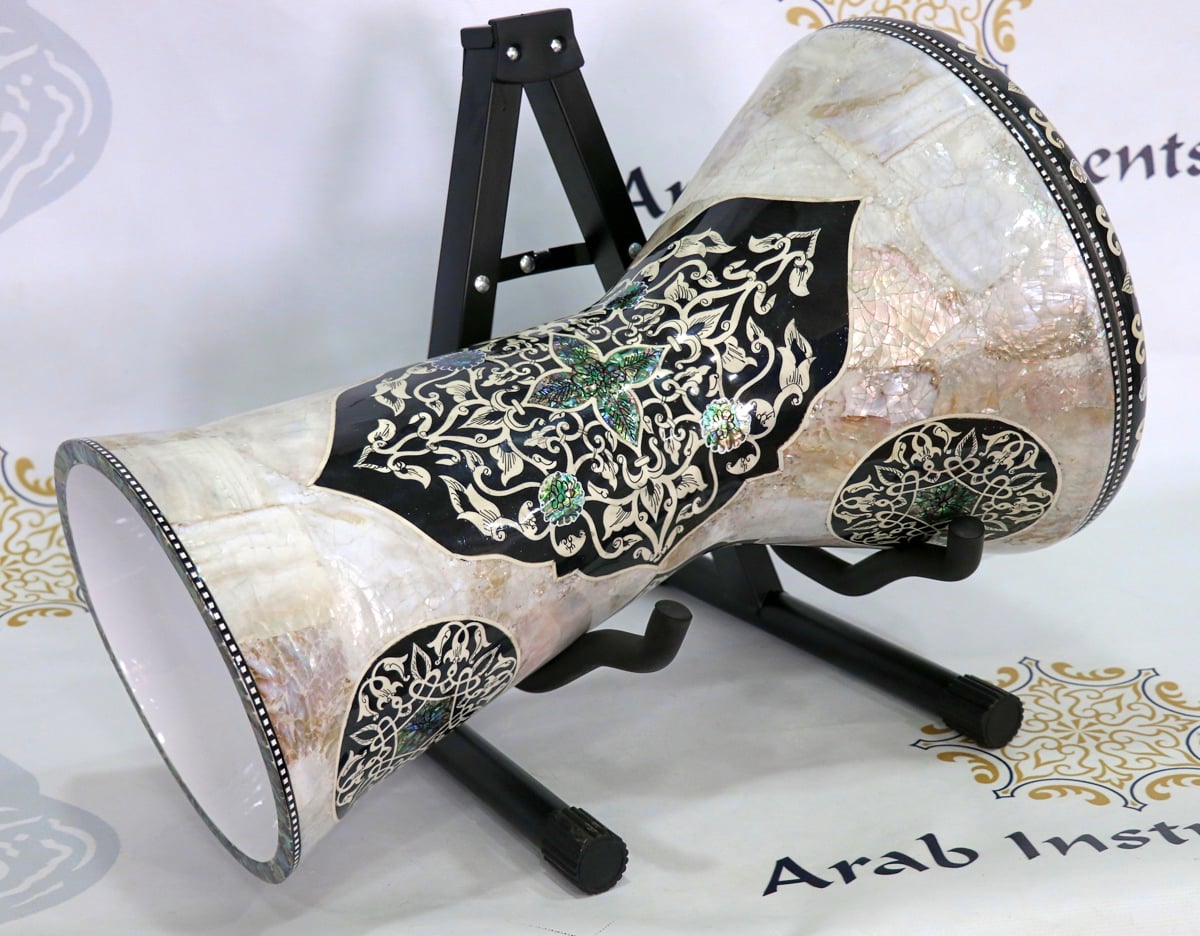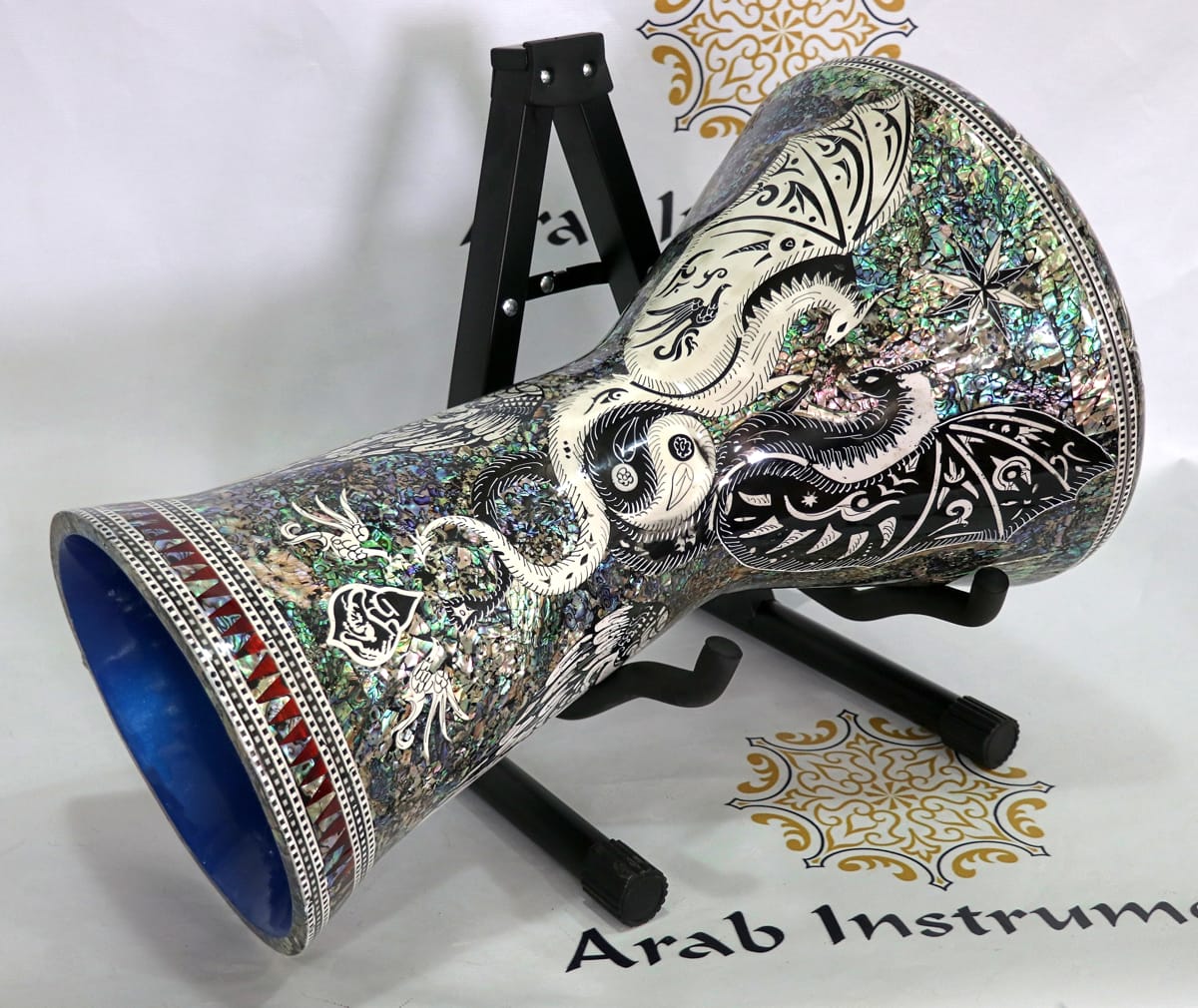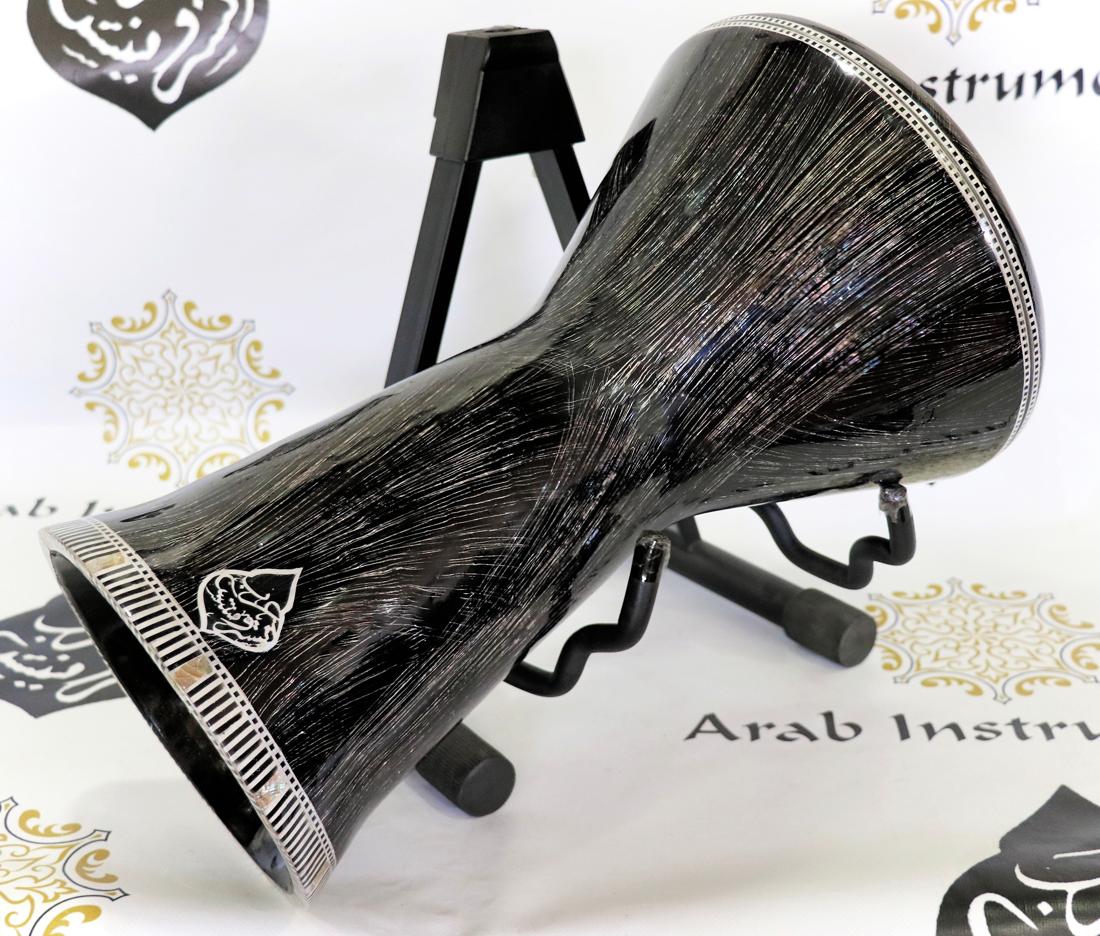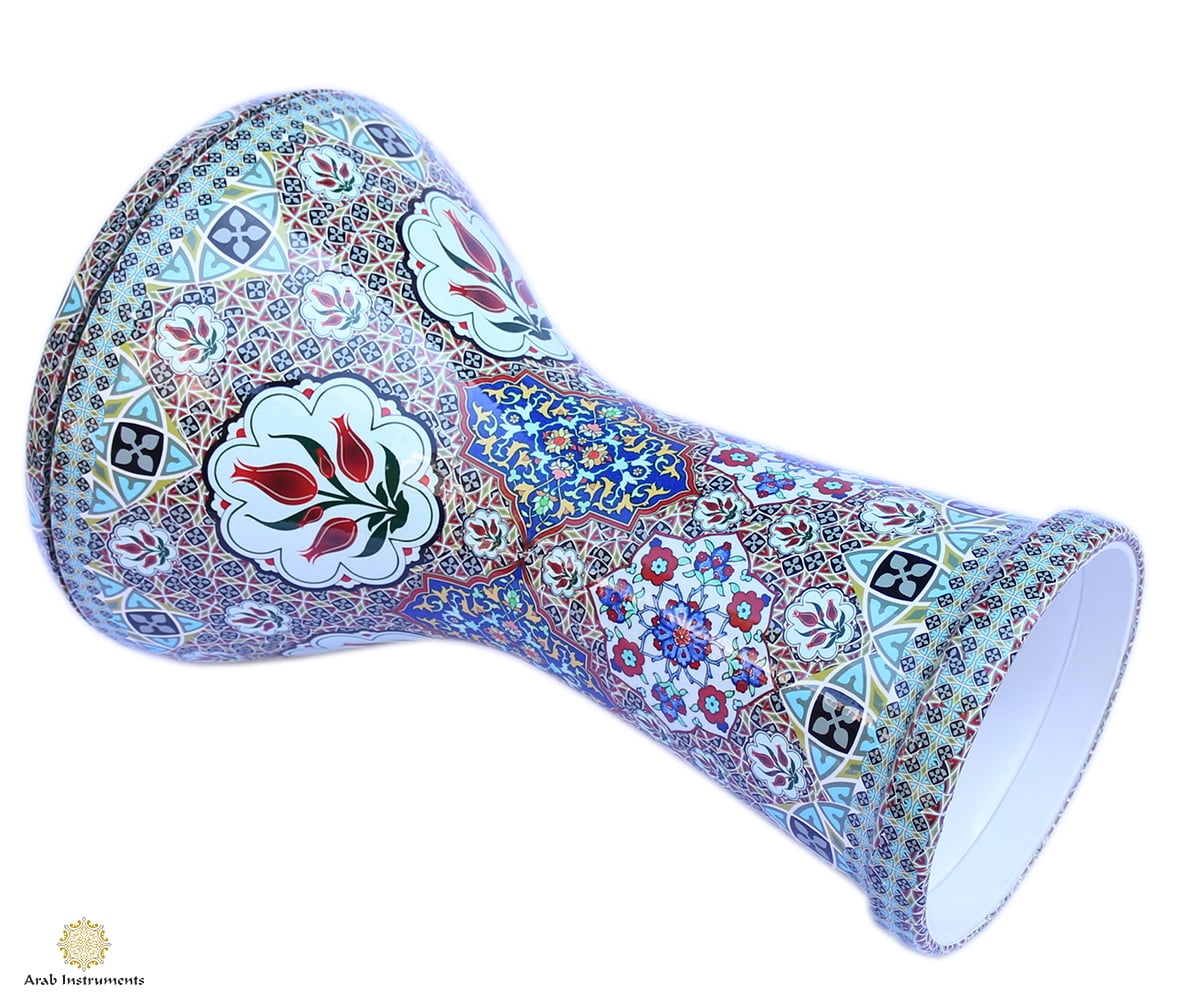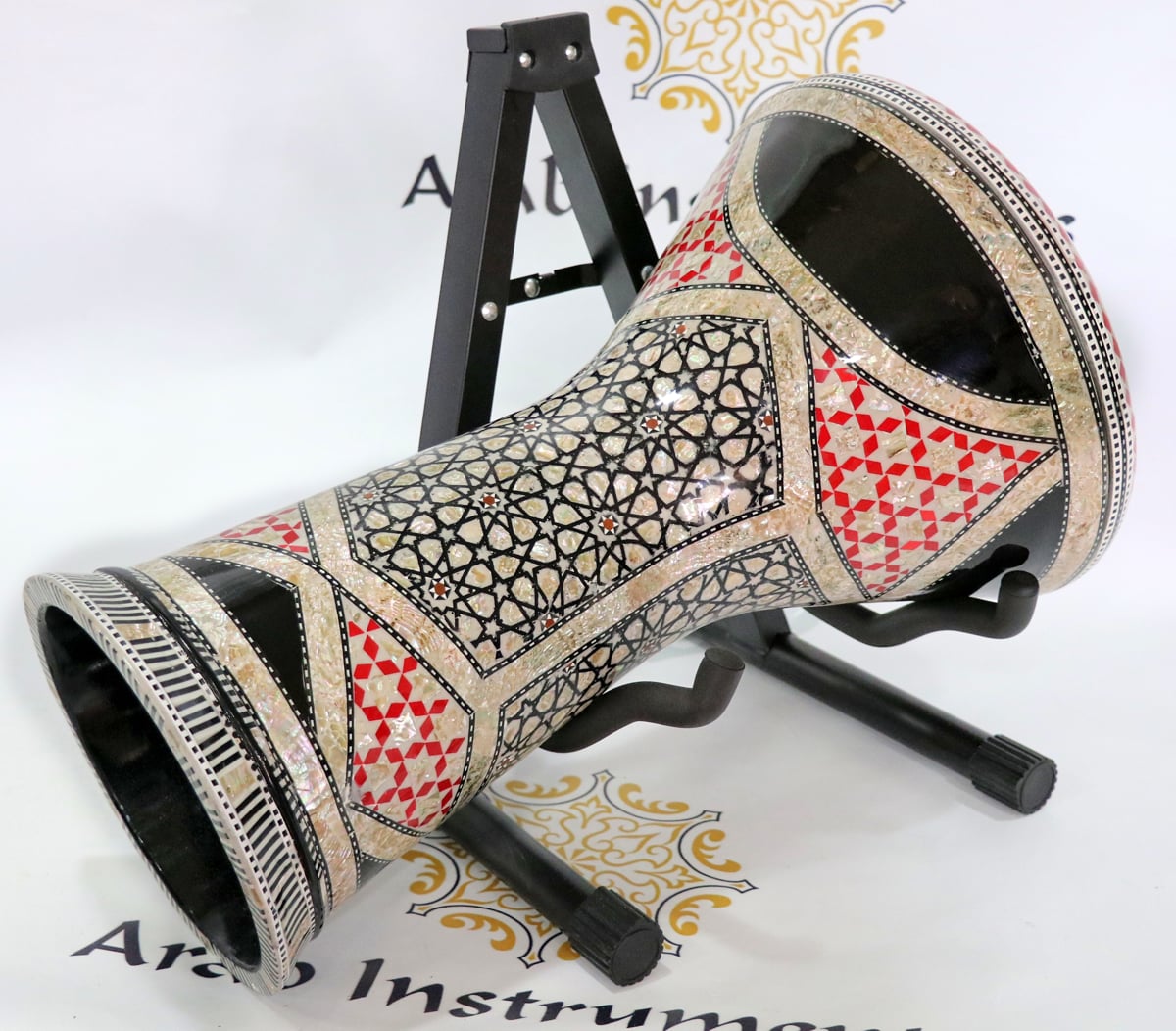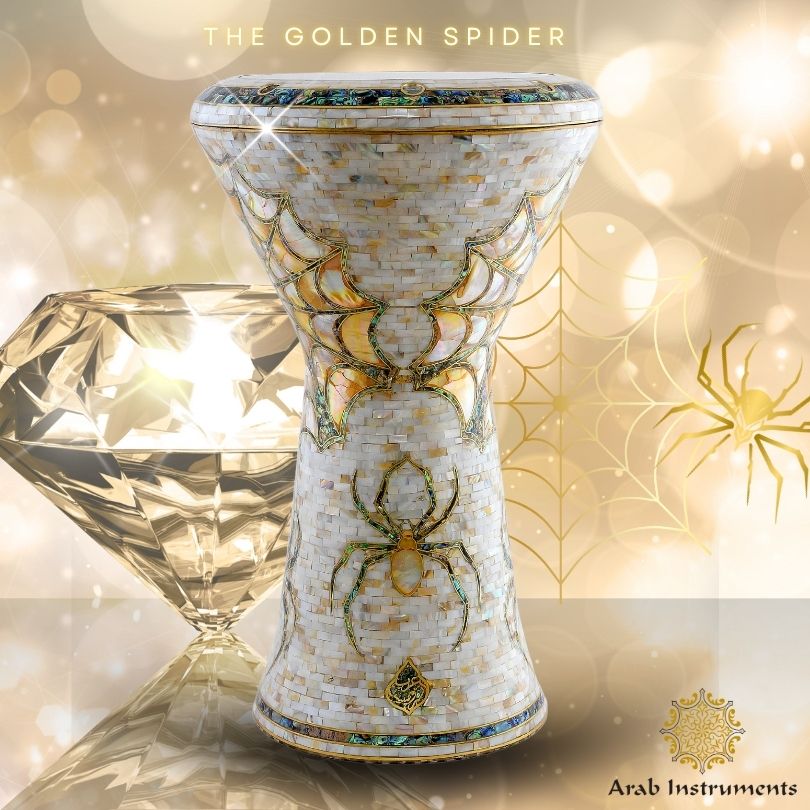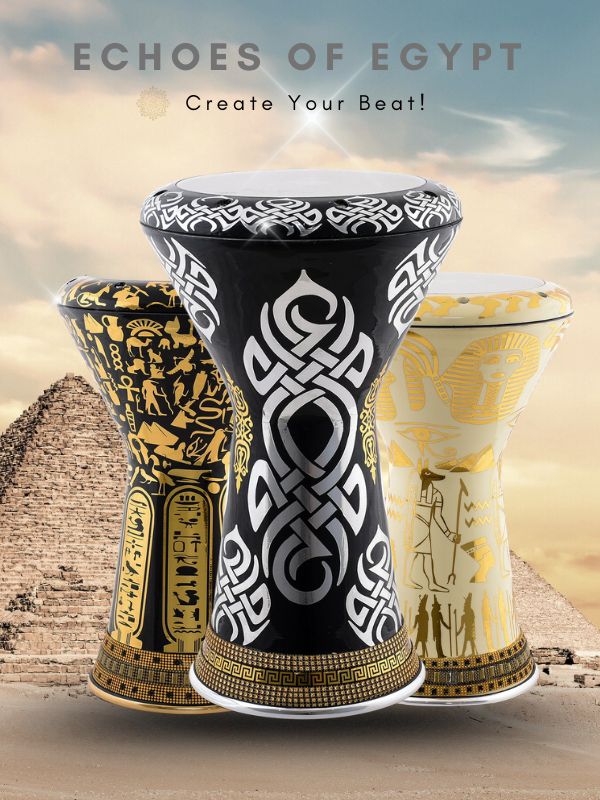
The Darbuka Instrument: A Complete Guide to the Middle Eastern Goblet Drum

What Is a Darbuka Instrument? A Guide to the Iconic Middle Eastern Drum
The darbuka instrument, also known as the doumbek or darbuki, is one of the most recognized and loved percussion instruments in the Middle East. With its unique goblet shape and distinct sound, the darbuka has captured the hearts of musicians around the world. Whether you're a curious beginner or a percussion enthusiast, this guide will introduce you to the darbuka’s origins, structure, playing techniques, and cultural importance.
What Is a Darbuka?
The darbuka is a hand drum with a single drumhead and a narrow waist, typically played under the arm or resting on the knee. It produces deep bass tones ("doum") and crisp slaps ("tak") using hand and finger techniques. The instrument is used extensively in Arabic, Turkish, North African, and Balkan music, both as a rhythm backbone and a solo feature.
Its shape allows for fast, intricate rhythms and dynamic control, making it a favorite among percussionists for both traditional and modern fusion music.
Different Names, One Instrument
You may hear it called:
- Darbuka (commonly in the Arab world)
- Doumbek (Western term, especially in the U.S.)
- Darbuki (used in various communities)
- Tabla (in Egypt – not to be confused with Indian tabla)
Despite the different names, these all refer to the same type of goblet drum, with minor variations depending on the region.

Darbuka Materials: Traditional vs. Modern
Historically, darbukas were made from:
- Clay or ceramic bodies
- Natural goat or fish skin drumheads
These traditional versions are prized for their warm, earthy sound, but they are fragile and sensitive to weather.
Modern darbukas, on the other hand, are built for performance:
- Aluminum, copper, or brass shells
- Synthetic (plastic or Mylar) heads
- Tunable designs for consistent tension and pitch
Many players now prefer modern models for stage use, while keeping a traditional darbuka for home practice or acoustic sessions.
Mother of Pearl Darbukas: A Craft Passed Down Generations
One of the most visually stunning types of darbuka is the mother-of-pearl decorated darbuka. These instruments are hand-inlaid with thousands of tiny pieces of natural shell, forming traditional geometric or floral patterns. This intricate art is more than just decoration — it's a tradition passed from father to son, especially in Egypt, where entire families have specialized in this craft for generations.
The result is not only a functional instrument, but also a collectible work of art, each one taking weeks to complete by hand. Many musicians choose mother-of-pearl darbukas for performances, recordings, or simply to display the rich cultural heritage behind the music.
Where Is the Darbuka Played?
The darbuka is widely used across:
- Egypt – the center of the modern darbuka scene
- Turkey – where the drum often features a higher tension for crisp articulation
- Lebanon and Syria – where it blends with classical Arabic ensembles
- Balkan countries – often played in folk dance settings
You’ll hear the darbuka in belly dance performances, classical Arabic orchestras, street music, and contemporary fusion bands.
Popular Darbuka Rhythms
The darbuka plays a crucial role in defining Middle Eastern rhythms. Some common patterns include:
- Maqsum
- Baladi
- Saidi
- Malfuf
- Wahda
Each rhythm has a cultural and musical context, and mastering them opens the door to performing traditional Arabic and Turkish music.
Why Is the Darbuka So Popular?
The darbuka’s popularity comes from a mix of factors:
- Portability – lightweight and compact
- Versatility – works in solo, group, or fusion contexts
- Dynamic range – from subtle finger rolls to loud, sharp accents
- Cultural richness – connects players to centuries of musical tradition
Whether you're playing at home, in a band, or at a festival, the darbuka delivers both sound and spirit.
Getting Started with the Darbuka Instrument
If you're new to the darbuka, here’s what you need to begin:
- A lightweight aluminum darbuka with a synthetic head
- A few basic rhythms (start with Maqsum and Baladi)
- Practice videos or online tutorials
Look for a darbuka that fits comfortably under your arm and has clear, resonant tones. Some models include a carrying case and tuning key to help you maintain your drum.
Where to Buy a Darbuka Instrument
If you're looking for a high-quality darbuka, explore our curated collection at Arab Instruments. We offer handcrafted models from Egypt, Lebanon, and Turkey—designed for beginners, professionals, and collectors alike. Each darbuka is inspected for sound, build, and finish before shipping worldwide.
Frequently Asked Questions (FAQ)
Q: Is a darbuka the same as a doumbek?
A: Yes. “Darbuka” and “doumbek” are two names for the same instrument. The term used often depends on the country or region.
Q: What kind of music is the darbuka used in?
A: The darbuka is used in Middle Eastern, North African, Turkish, Balkan, and fusion music. It plays both traditional rhythms and modern beats.
Q: What size darbuka should I get?
A: Most adult players prefer a standard size (about 22–23 cm head diameter), but smaller or larger models are available depending on your needs and sound preference.
Q: Do I need a case for my darbuka?
A: Yes. A padded soft case or hard case will protect your instrument during transport and help maintain its condition.
🎶 Final Thoughts
The darbuka instrument is more than just a drum—it’s a rhythmic voice that tells stories, drives dance, and connects cultures. Whether you're drawn to its traditional roots or modern power, the darbuka welcomes players of all levels to experience its magic.
Ready to start your rhythm journey? Browse our collection or reach out—we’re here to help you find the perfect darbuka.
